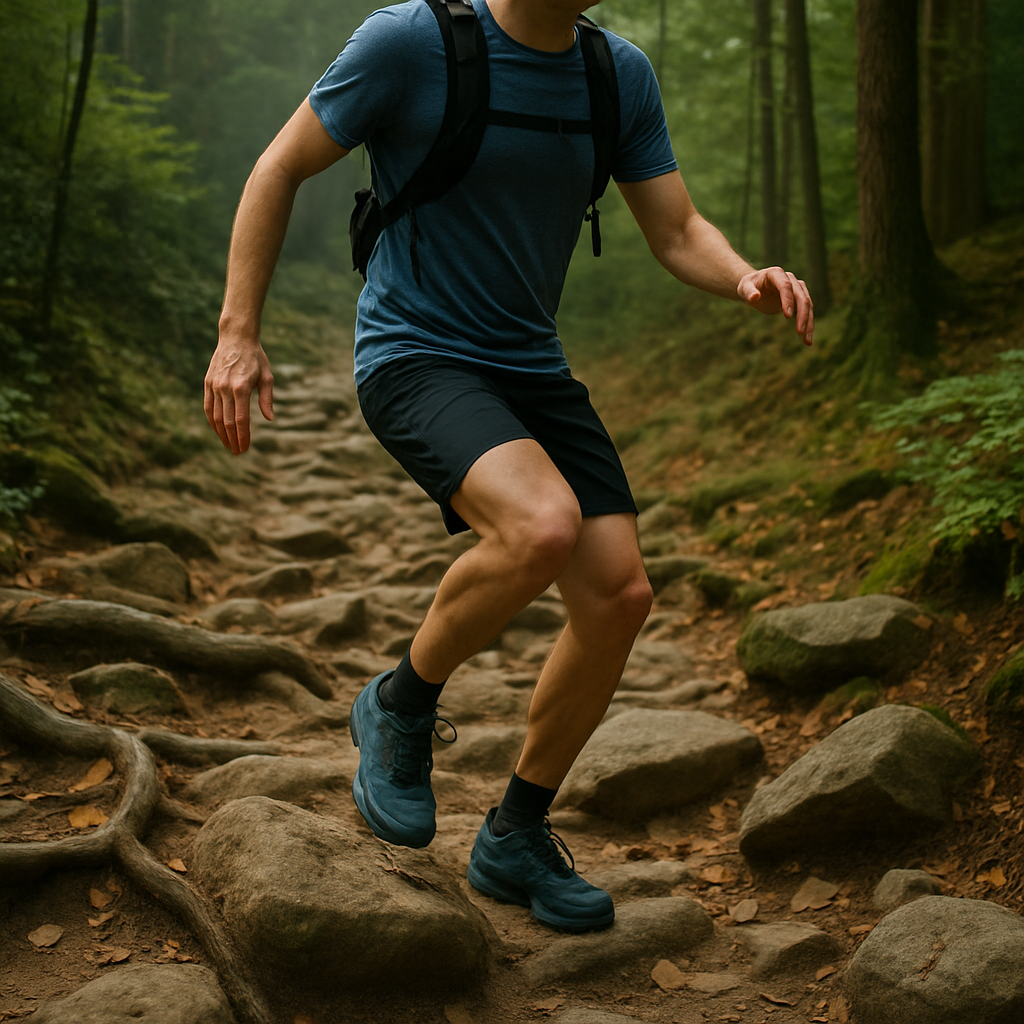
How can I avoid tripping or falling on trails?
Why Do Runners Trip or Fall on Trails?
Trail running offers breathtaking scenery and a sense of adventure, but it also comes with its fair share of hazards. Uneven terrain, roots, rocks, loose gravel, and sudden elevation changes can all increase the risk of tripping or falling. Unlike road running, trails demand constant attention to your surroundings and foot placement. Understanding the common causes of trail mishaps is the first step to preventing them.
Here are some of the most common reasons trail runners take a tumble:
- Poor visibility or low light conditions
- Fatigue leading to sloppy form
- Improper footwear with inadequate grip
- Overconfidence on technical terrain
- Distractions like looking at a phone or scenery
Once you know what to watch out for, you can take proactive steps to stay upright and safe.
How to Improve Balance and Stability on Trails
Balance is your best friend on the trail. The more stable and centered you are, the less likely you are to trip or fall. Trail running requires micro-adjustments with every step, especially on uneven or sloped surfaces.
Here are some effective ways to boost your balance:
- Incorporate balance training: Exercises like single-leg stands, Bosu ball squats, and stability drills can strengthen the small stabilizer muscles in your ankles, knees, and hips.
- Strengthen your core: A strong core helps you maintain posture and control, especially when navigating obstacles or steep descents.
- Practice proprioception: This is your body’s ability to sense its position in space. Trail running naturally improves this, but you can enhance it with agility ladders, trail-specific drills, and yoga.
Improving your balance doesn’t just prevent falls—it also makes you a more efficient and confident runner.
What Trail Running Gear Helps Prevent Falls?
Wearing the right gear can make a huge difference in your trail running safety. From shoes to accessories, the right equipment can help you stay grounded and alert.
Here’s what to look for:
- Trail running shoes with aggressive tread: Look for shoes with deep lugs and sticky rubber soles that grip well on dirt, mud, and rocks.
- Lightweight trail running poles: Especially useful on steep climbs and descents, poles can help with balance and reduce strain on your knees.
- Headlamps or running lights: If you’re running in low light, a good headlamp can help you spot obstacles before it’s too late.
- Gaiters: These help keep debris out of your shoes, reducing the chance of discomfort or distraction mid-run.
Investing in quality gear is an investment in your safety and performance.
Techniques for Safer Foot Placement
Foot placement is everything on the trail. Unlike road running, where you can zone out, trail running requires you to be fully present with each step.
Here are some techniques to help you stay sure-footed:
- Shorten your stride: A shorter stride keeps your feet under your center of gravity, giving you more control and quicker reaction time.
- Keep your eyes scanning ahead: Look 3–6 feet ahead of you to anticipate obstacles and plan your steps.
- Land midfoot: Avoid heel striking, which can cause slips, especially on downhill sections. A midfoot strike offers better grip and stability.
- Use your arms for balance: Keep your arms slightly out to the sides to help with balance, especially on technical terrain.
With practice, these techniques become second nature and drastically reduce your risk of falling.
How to Train for Better Trail Awareness
Trail awareness is your ability to read the terrain and react quickly. It’s a skill that can be trained just like endurance or speed.
Try these training tips to sharpen your trail instincts:
- Run on varied terrain: Mix up your routes to include rocks, roots, hills, and switchbacks. The more variety, the better your adaptability.
- Drill with agility exercises: Cone drills, lateral hops, and quick-feet exercises improve your reaction time and coordination.
- Practice mindfulness: Stay present during your runs. Avoid distractions and focus on the rhythm of your steps and the feel of the trail.
Over time, you’ll develop a sixth sense for the trail, helping you avoid hazards before they become problems.
Tips for Navigating Uneven or Technical Terrain
Technical terrain is where most falls happen. Whether it’s a rocky descent or a root-covered climb, these sections demand extra attention and skill.
Here’s how to handle them safely:
- Slow down: Speed is not your friend on technical trails. Take your time and focus on each step.
- Use a zig-zag pattern on steep descents: This reduces impact and gives you more control.
- Plant your feet firmly: Make sure each foot is secure before shifting your weight.
- Stay relaxed: Tension can throw off your balance. Keep your knees slightly bent and your body loose.
Confidence comes with experience, so don’t be afraid to walk tricky sections until you’re comfortable running them.
What to Do If You Start to Fall
Even the most experienced trail runners fall sometimes. Knowing how to fall can help minimize injury.
Here’s what to do if you feel yourself going down:
- Don’t stiffen up: Try to stay loose and roll with the fall rather than resisting it.
- Protect your head: Tuck your chin and use your arms to shield your face if needed.
- Roll rather than catch: Trying to catch yourself with your hands can lead to wrist injuries. Rolling spreads out the impact.
- Assess before getting up: Take a moment to check for injuries before jumping back into your run.
Falling is never fun, but handling it well can prevent a minor spill from becoming a major setback.
Final Thoughts: Stay Upright, Run Confidently
Trail running is a rewarding and exhilarating way to connect with nature and challenge yourself. While the risk of tripping or falling is real, it doesn’t have to hold you back. With the right mindset, gear, training, and technique, you can run more confidently and safely on any trail.
Remember, every runner stumbles now and then. What matters most is how you prepare, how you react, and how you learn from each experience. Stay alert, stay balanced, and enjoy the journey—one sure-footed step at a time.
Powered by: aiContent.live



